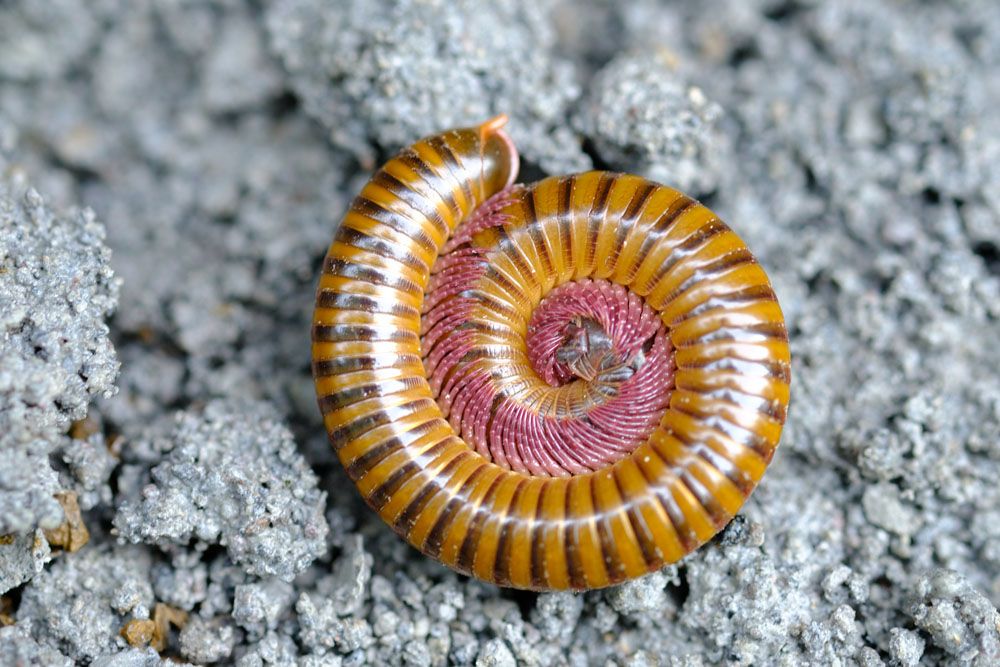
Millipedes
Millipedes (class Diplopoda)
Latin Name: class Diplopoda
Common Name: Millipedes
Appearance:
- The term millipede means “a thousand legs.” Millipedes have many legs, although not quite as many as their name implies. If you compost your organic waste or garden, you’re certain to come across a millipede or two coiled up in the earth. Millipedes belong to the arthropod family, which also includes insects and crustaceans. Each body segment of a millipede has two pairs of legs.
- They also always have a distinct thorax and abdomen. However, they aren’t often easy to spot. Millipedes move in a wave pattern, with each leg moving slightly later than the one in front of it and slightly earlier than the one behind it.
- Millipedes, isopods, and roaches can be found in various habitats, including temperate and tropical forests, grasslands, and deserts. Depending on the species, season, and location, densities range from less than 10 to hundreds per square meter.
- Most isopod species are tiny (1–2 cm in length) and epigeic. Millipedes are among the biggest soil macroinvertebrates, ranging in length from 5 to 6 cm for temperate species to more than 20 cm for some tropical species and can be either epigeic or endogeic, depending on the species. Most roaches are epigeic and can grow fairly big, measuring more than 5 cm in length for subtropical and tropical species.
